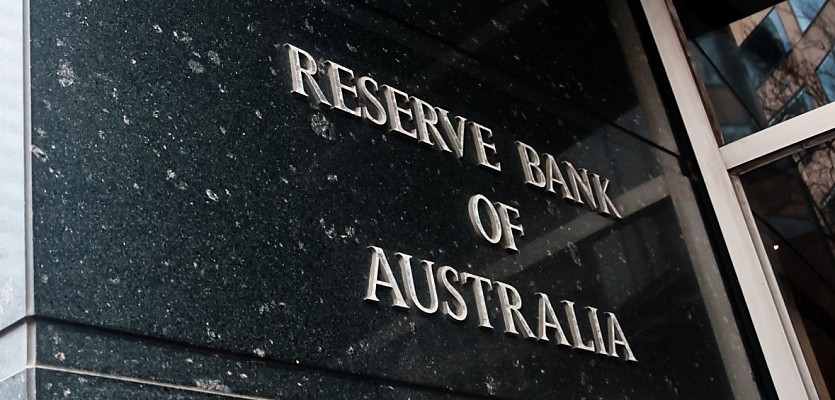The central bank has reported that arrears have ticked up from low levels since late 2022, and outlined the drivers behind this.
In its July 2024 Bulletin, the Reserve Bank of Australia (RBA) said that housing loan arrears have increased steadily since 2022, alongside rising household budget pressures from higher inflation and interest rates.
It added that while rates remain around pre-pandemic levels, banks expect them to increase a bit further from here.
Housing loans are classified as in arrears when borrowers miss their minimum scheduled payment, but are still expected to return to fully servicing their loan. A default occurs when a borrower is no longer expected to fully service their loan.
According to RBA’s analysis, a comparison of recent developments in arrears among different types of borrowers showed that arrears rates among highly leveraged borrowers are highest and have increased at the highest rate.
This is largely due to their smaller buffers, which make them more vulnerable to increases in their mortgage repayments or changes to their budgets.
On the other hand, arrears rates among recent first home buyers (FHBs), and those who borrowed at low rates, are lower than the aggregate as many of them would have been able to build their savings buffers during the pandemic and, as such, are less likely to be liquidity-constrained, compared with highly leveraged borrowers.
However, while newer loans typically have lower arrears rates, they have recently increased at a faster rate among those who borrowed at low rates, compared to recent FHBs and the aggregate.
Key drivers
The rise in arrears has stemmed from idiosyncratic factors and challenging macroeconomic conditions, along with a modest ageing of the loan pool rather than risks specific to lending in a given year, the RBA explained, noting that insights from its bank liaison support its understanding of the main drivers.
Idiosyncratic factors are unrelated to economic conditions, including loss of work or personal misfortune such as ill health or a relationship breakdown.
“These shocks happen even during periods of strong growth and, as such, there will always be some borrowers who experience difficulty making payments,” the RBA said.
Macroeconomic factors include lower real wages, higher interest rates and rising unemployment, which contribute to a cyclical rise in arrears rates.
“These factors – also referred to as common time factors – make it more difficult for all borrowers to service their debt, particularly those who are more highly leveraged or who have borrowed closer to their maximum capacity,” the central bank stated.
Borrowers who undergo these shocks do not necessarily enter into arrears immediately as many of them have savings buffers that they could draw on until they find additional income or make adjustments to their expenses.
“Around half of all variable-rate owner-occupier borrowers have enough buffers to service their debts and essential expenses for at least six months, slightly higher than before the pandemic,” the RBA said.
Despite the rise in arrears, the RBA has assessed that financial stability risks remain contained because highly leveraged borrowers – the group most at risk – represent a relatively small proportion of total housing lending, and very few loans are estimated to be in negative equity.
Looking ahead, the RBA said household budget pressures are predicted to remain elevated for some time but could ease a little as inflation stabilises further, while the expected gradual further labour market easing will be challenging for households who lose work.
As such, Australian banks expect housing loan arrears rates to grow a bit further, partly based on their latest assessments of the economic outlook.
“This assessment is broadly consistent with RBA analysis that shows that nearly all borrowers are expected to be able to continue servicing their debts even if budget pressures were to remain elevated for an extended period,” the RBA said.
“Banks are well placed to withstand increased loan losses, supported by their previous provisioning, strong profits and capital positions, and are further protected by the very low share of loans estimated to be in negative equity.”
If you’re looking to refinance for a better rate or the right rate for your clients at zero cost, contact Finni Mortgages’ experts and let us do the hard work for you.
Visit our website here or call 1300 002 023 to learn how we can help you!










You are not authorised to post comments.
Comments will undergo moderation before they get published.